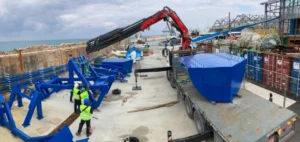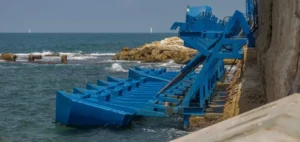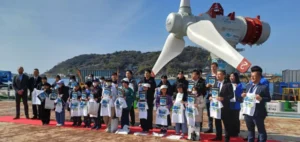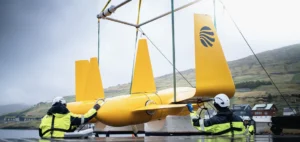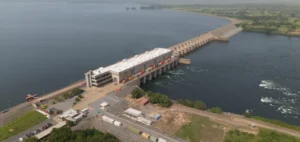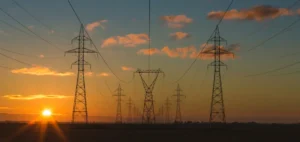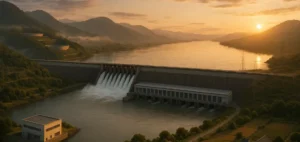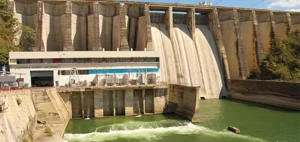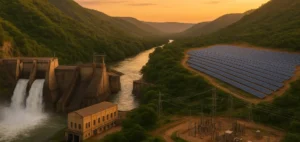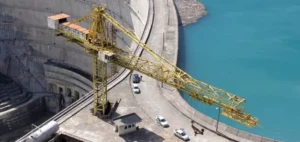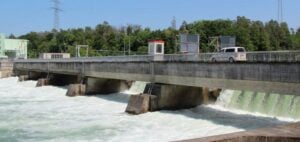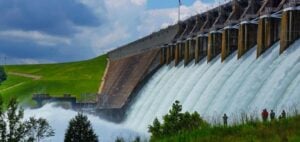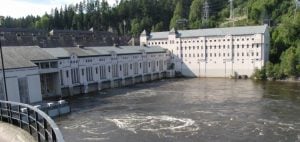CNOOC Limited announces the successful connection of the Wenchang Deep Sea Floating Wind Demonstration Project to the power generation grid. Located near the Wenchang oil fields in the western part of the South China Sea, the demonstration project is 136 kilometers from shore at a depth of 120 meters. This is the world’s first “Double Hundred” semi-submersible floating offshore wind turbine project, operating in water depths of more than 100 meters and at a distance of more than 100 kilometers from shore.
Installed capacity of 7.25 MW
The main production facility of the project, called “Haiyou Guanlan”, is the first floating wind power generation platform in the China Sea, providing electricity to an offshore oil field in the most challenging ocean conditions. With an installed capacity of 7.25 MW, the platform can produce up to 22 million kWh of electricity, which is equivalent to saving nearly 10 million cubic meters of natural gas and reducing carbon dioxide emissions by 22,000 tons per year. CNOOC Limited has a 100% interest in the demonstration project.
By successfully connecting this demonstration project to the grid, CNOOC Limited is paving the way for the wider use of deep-sea floating wind power, contributing to the transition to a greener and more sustainable economy. This development also demonstrates China’s commitment to harnessing its renewable energy potential and reducing its carbon footprint.



